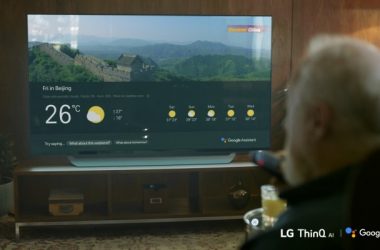
Mozilla plans to overhaul the look and feel of Firefox for Windows, a redesign that will resemble Google’s Chrome in several key elements, according to screenshots and discussions on the open-source developer’s Web site.
The visual refresh for Windows Vista and Windows 7 will likely take place in two stages. Part of the redesign will land in Firefox 3.7, a minor update now slated to ship in the first half of 2010, while the remaining pieces will wait for Firefox 4.0, a major revision tentatively set for release late next year.
Noting that Firefox’s current Windows interface feels "dated and behind," Mozilla wants to spiff up Firefox 3.7 by embracing the "glass" style Microsoft debuted in Vista, moving to a more neutral color palette, hiding the menu bar, trimming the menu to just two items — "Page" and "Tools" — and combining "Stop" and "Reload" into one general-purpose button.
The decision to hide the menu bar, which Mozilla initially said would be replaced by a "ribbon"-style design similar to the often-derided look of Microsoft’s Office 2007, raised a ruckus in September when users expressed their displeasure. Mozilla later clarified its planning documents, and denied it would "ribbonize" Firefox.
Firefox 4.0 will continue the interface changes. Current ideas for that 2010 release include giving users the option of moving the browser’s tabs to the top of the application’s display, a so-called "tab-on-top" look that other browsers, notably Chrome, have adopted.
Other possible interface changes in Firefox 4.0 would combine the browser’s address and search bars — another visual element within Chrome — and remove the status bar at the bottom of the display.
The Firefox interface design plans have been spelled out in a long entry on Mozilla’s wiki.
Mozilla preempted criticism of some of those moves by saying it is not copying Chrome in particular, or other browsers in general. "We are not trying to make Firefox look like any other browser," Mozilla stated in the planning document. "Firefox is Firefox. Similarities between browsers are unavoidable. They all have shared lineage and are based off of their predecessors. The basics of what a browser does and how it does it is already established. Browsers are all trying to solve the same problems so evolutionary ideas that are similar are inevitable."
In an earlier interview, Mike Beltzner, the director of Firefox, and Alex Faaborg, who works on the Mozilla interface design team, denied that the interface ideas were a way to "Chrome-ify" Firefox, but acknowledged that cross-pollination between browser designs was inevitable.
"I find that kind of talk very odd," said Beltzner, referring to the copying claims. "UI [user interface] designers copy from each other all the time." A contributing factor, he argued, is that there are now several browser makers being scrutinized by users. "Open source is a different model than traditional software development. It’s much more open and collaborative. There are now two vendors, Mozilla and Google, sometimes three if you count Apple, which uses the open-source WebKit, talking about what they’re doing in the open. That’s going to cause more cross-pollination."
Considers ‘tab-on-top’ look; denies it will ‘Chrome-ify’ Firefox





